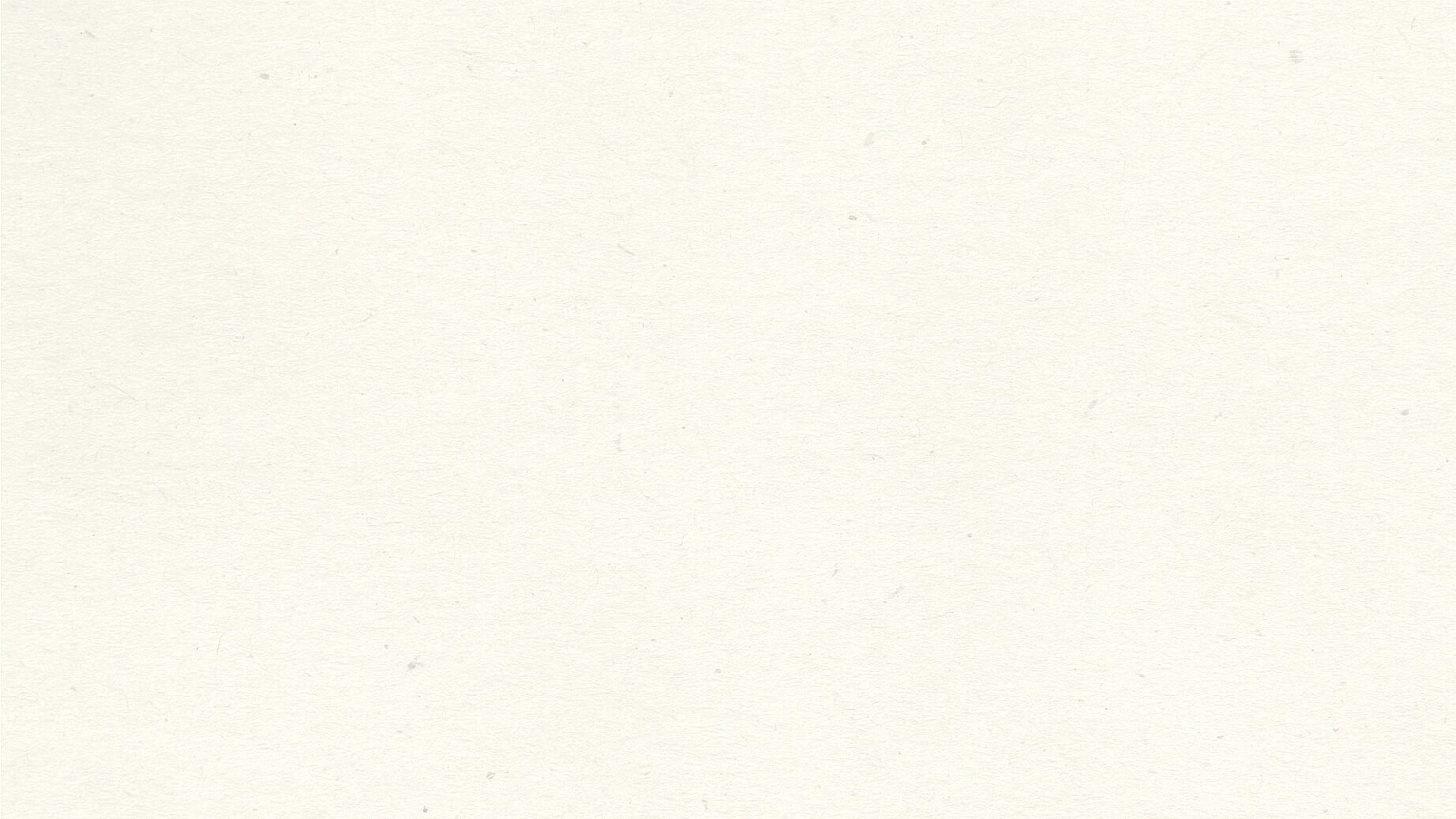
HEY THERE!
I’m Matt. YouTuber & award-winning filmmaker.
Join 158,835 readers and get my one-minute emails on self-development. Plus, if you sign up below you’ll get instant access to my never-before-released film called UNSTUCK.

HEY THERE!
Join 158,835 readers and get my one-minute emails on self-development. Plus, if you sign up below you’ll get instant access to my never-before-released film called UNSTUCK.

